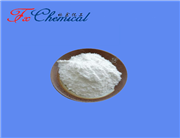Items | Specifications | Results |
Appearance | Blue crystalline powder | Blue crystalline powder |
H2S Non-precipitate ≤% | 0.001 | <0.001 |
Content | ≥98.5% | 99.50% |
Pb | ≤0.0004% | <0.0004% |
As | ≤0.0003% | <0.0003% |
Iron | ≤0.01% | <0.01% |
Conclusion | The product conforms to the above specifications. |
Copper(II) Sulfate Pentahydrate (CuSO₄·5H₂O)
English Synonyms: Cupric sulfate pentahydrate, Blue vitriol, Chalcanthite
CAS Number: 7758-99-8
Molecular Formula: CuSO₄·5H₂O
Molecular Weight: 249.68 g/mol
Key Properties
A bright blue crystalline solid at room temperature, highly soluble in water (forming a blue aqueous solution) and slightly soluble in methanol. It loses (crystalline water) when heated: at 100°C, it dehydrates to anhydrous CuSO₄ (white powder); further heating above 650°C decomposes into copper oxide (CuO), sulfur dioxide (SO₂), and oxygen (O₂). It is corrosive to metals (e.g., iron, zinc) and has low toxicity to humans but can cause irritation to skin, eyes, and mucous membranes.
Core Uses Across Industries
Agriculture & Horticulture
Fungicide: Widely used to control fungal diseases (e.g., blight, powdery mildew) in crops (wheat, rice, grapes, tomatoes) and ornamental plants. It is often formulated as Bordeaux mixture (with lime) to reduce phytotoxicity.
Micronutrient Fertilizer: Supplies copper (an essential plant nutrient) to correct copper deficiency in soils, promoting chlorophyll synthesis and plant growth.
Algaecide: Controls algae growth in ponds, lakes, and irrigation systems to prevent water eutrophication.
Industrial Applications
Electroplating: Used as an electrolyte in copper electroplating processes (e.g., coating metal surfaces for corrosion resistance, decorative finishes).
Mining & Metallurgy: Acts as a flotation reagent to separate copper sulfide ores from gangue minerals; also used in refining copper and extracting other metals (e.g., gold, silver) via leaching.
Chemical Synthesis: A versatile catalyst and raw material for producing other copper compounds (e.g., copper oxide, copper chloride) and organic synthesis (e.g., oxidation reactions).
Water Treatment: Removes algae, bacteria, and heavy metals (e.g., lead, mercury) from industrial wastewater and drinking water; also used to control mollusks (e.g., zebra mussels) in water pipelines.
Laboratory & Educational Settings
Analytical Chemistry: Used as a reagent for detecting water (anhydrous CuSO₄ turns blue when hydrated) and titrating reducing agents (e.g., in iodometric titrations).
Biology & Medicine: Preserves biological specimens (e.g., tissues, cells) and inhibits bacterial growth in culture media; historically used as an antiseptic and astringent (now largely replaced by safer alternatives).
Other Uses
Wood Preservation: Treats wood to prevent rot and insect infestation (e.g., in fence posts, railroad ties).
Textile Industry: Used in dyeing and printing fabrics (as a mordant to fix dyes to fibers) and in flame-retardant treatments.
Safety & Handling
Avoid direct contact with skin, eyes, and clothing; wear protective gloves, goggles, and a lab coat when handling.
In case of ingestion, seek medical attention immediately (symptoms may include nausea, vomiting, and abdominal pain).
Store in a cool, dry place, away from incompatible substances (e.g., metals, strong acids, reducing agents).
Dispose of waste according to local regulations (do not discharge into water bodies directly, as it is toxic to aquatic organisms).
Commercial Significance
Copper(II) sulfate pentahydrate is a low-cost, high-demand chemical due to its versatility across agriculture, industry, and research. Its production is primarily via the reaction of copper oxide or copper sulfide with sulfuric acid, followed by crystallization. It is available in various grades (technical, agricultural, analytical) to meet different application requirements.
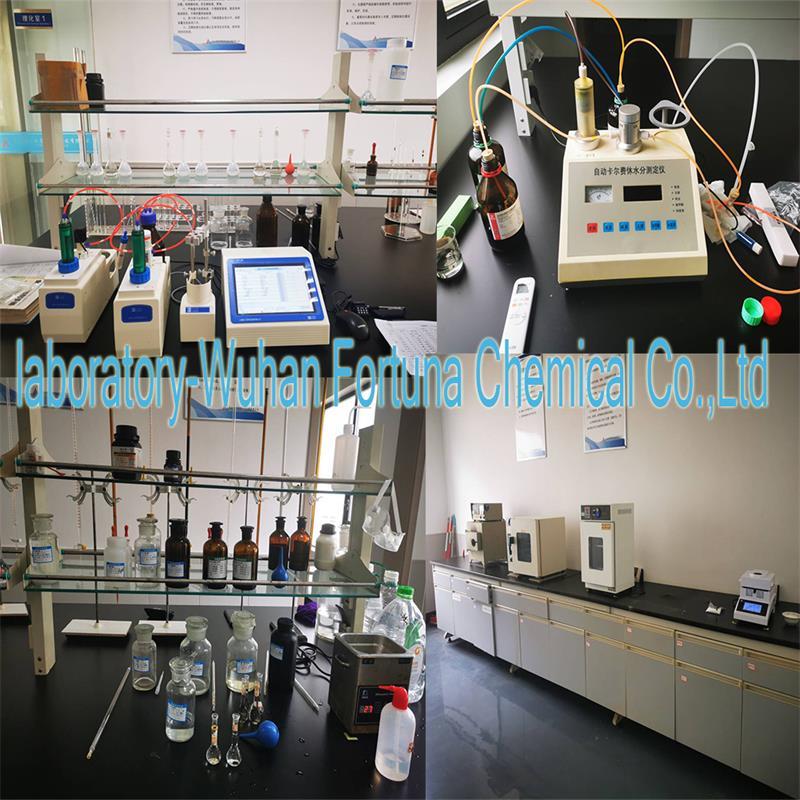
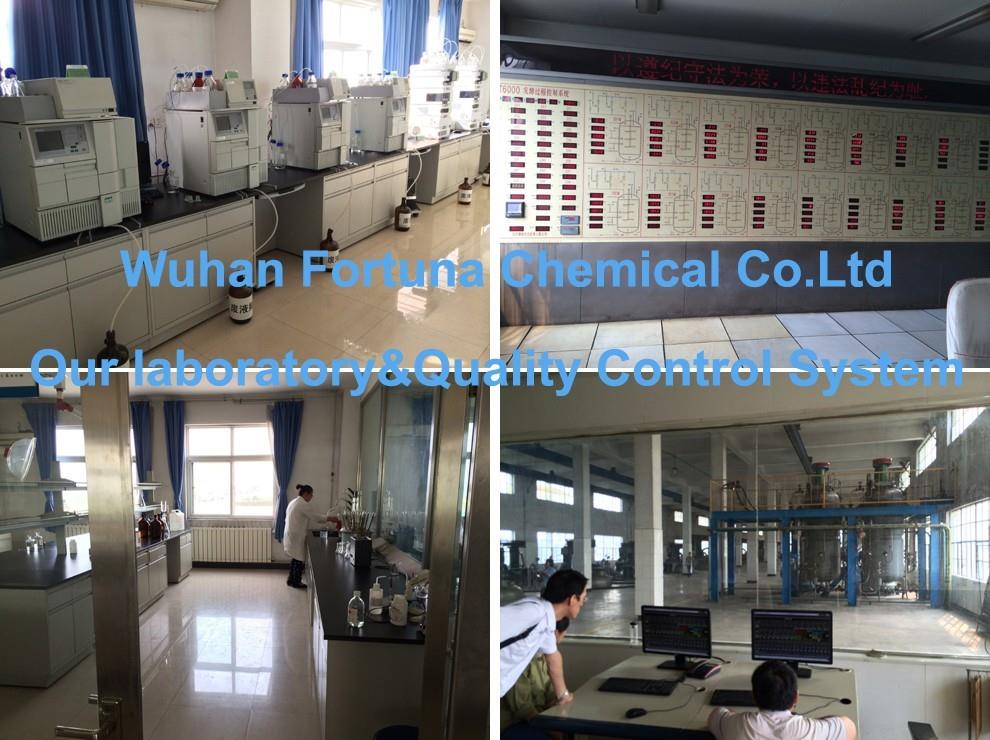
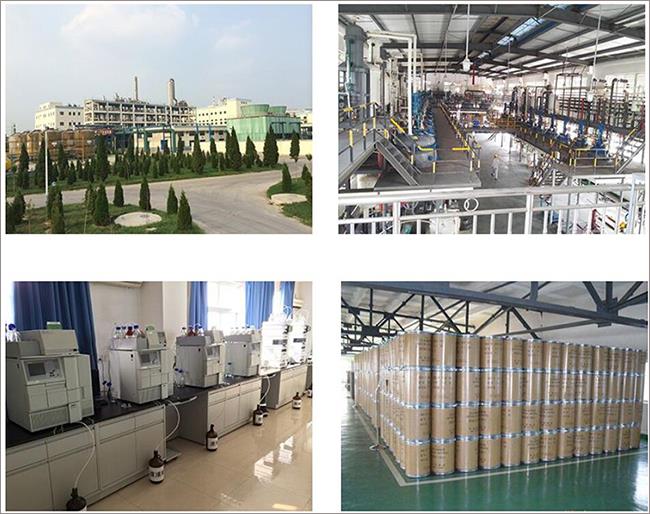



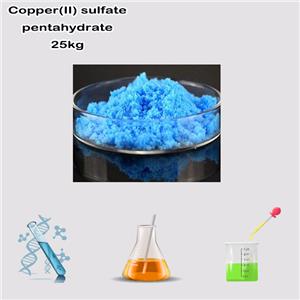
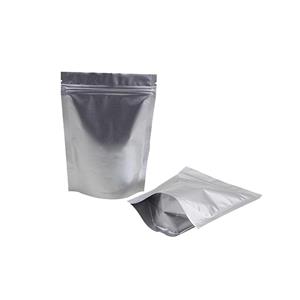
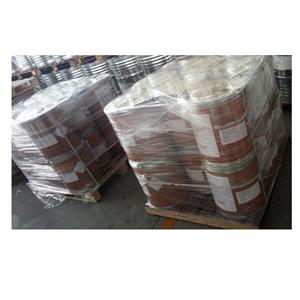
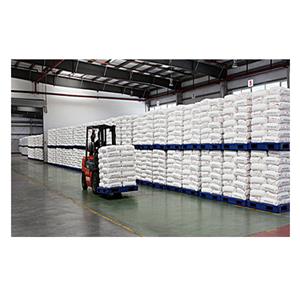
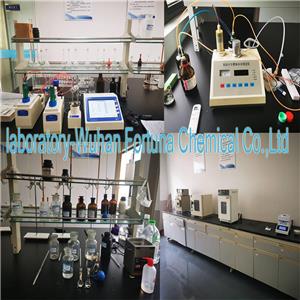

 China
China


